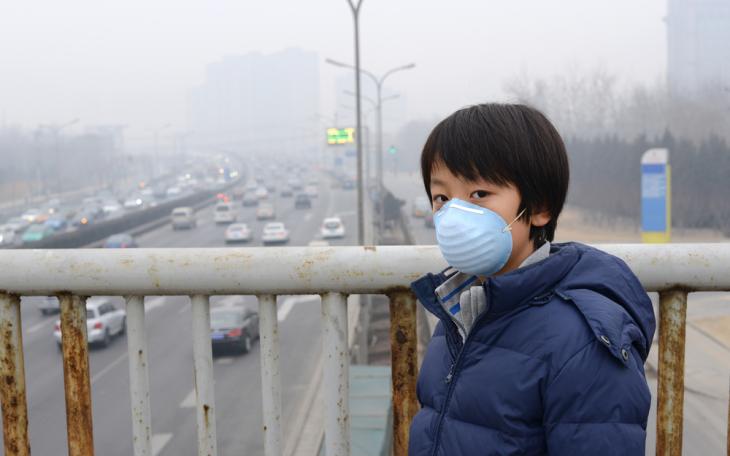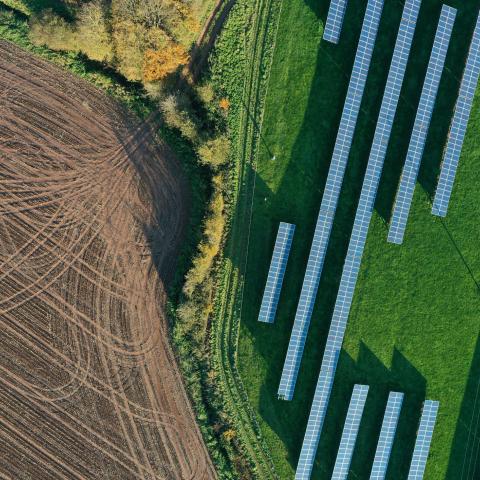Red China Goes Green

International conferences often promise more than they deliver. The stalling of global climate negotiations and this year's COP26 being postponed until 2021 meant that few expected much progress on the issue of climate change this year. Which is what made it all the more remarkable when President Xi Jinping announced that China will aim to hit peak emissions before 2030 and for carbon neutrality by 2060.
As the world's biggest source of carbon dioxide, with responsibility for around 28% of global emissions, what China does really matters and this announcement is already being considered by environmentalists as the most important step in tackling the climate crisis since the Paris Climate Agreement.
It also came as something of a surprise. While emissions dropped in the height of the COVID-19 pandemic, coal-fired plants, cement and other heavy industries have since gone back to work and new energy plants are expected to be announced as part of the country’s economic build back.
But beyond the fight against climate change this announcement has also shifted the geopolitical landscape. It has positioned China ahead of the US, the second largest contributor of carbon emissions, in terms of meeting the climate change agenda and sends a particularly pointed message to the President, who has not only failed to set a target for when the country will be carbon neutral but who will also be pulling the US out of the Paris Climate Agreement later this year.
Further details as to what shape this will take are expected to be set out by the Chinese government in its five-year plan next March and until then some are maintaining a sense of cautious optimism. But this is still momentous and is a reason for cheer.









